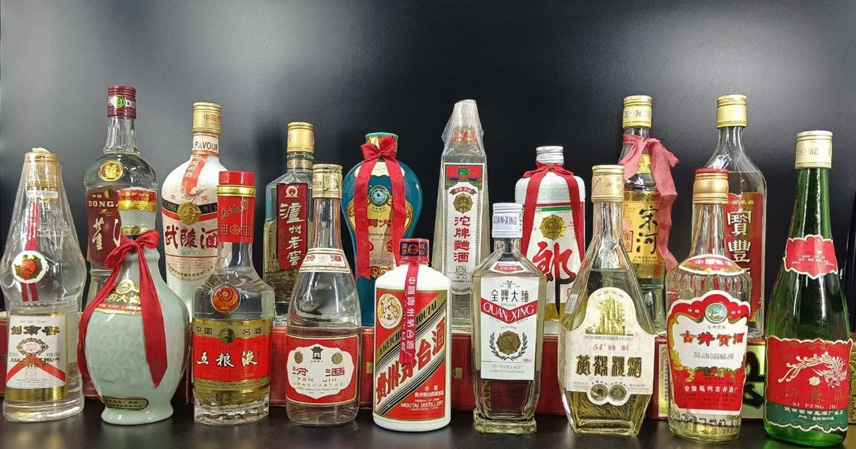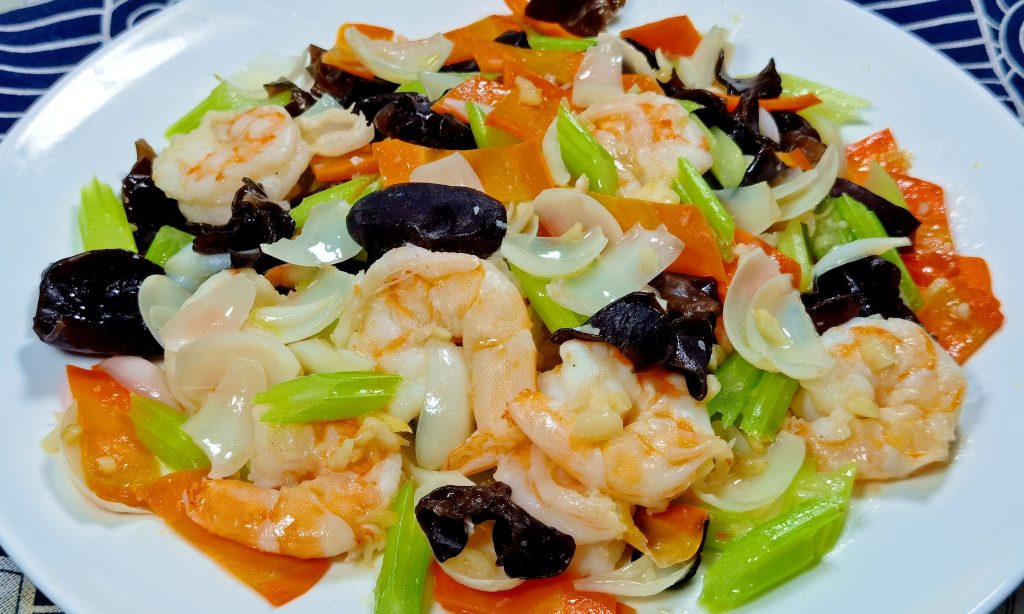A glass of baijiu at the dinner table hides silent risks. Take Lao Wu, a retiree who meets friends daily at a local eatery, claiming, “Two liang of liquor lifts my mood, aids sleep, and lowers blood pressure.” For over a decade, he’s sipped 2-3 liang (100-150ml) of baijiu nightly. But his recent checkup shocked his family: abnormal liver function, high blood pressure, and fatty liver. His doctor warned, “Your ‘light drinking’ is quietly harming you.”
Many middle-aged folks say, “My grandpa drank daily and lived to 90!” But is this reality? For some, dinner drinks are a cherished ritual, but what hidden health risks lurk? Combining real cases and data, we uncover the truth about 2-3 liang of baijiu—especially the fourth risk, which many overlook until it’s too late.
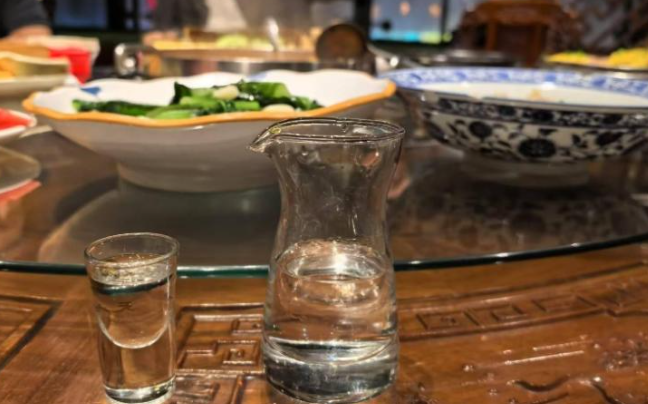
Is “Light Drinking” Healthy? Busting the Myth
Dinner drinks feel like a stress-relieving ritual, with some believing alcohol aids relaxation, circulation, or even fights cancer. The phrase “moderate drinking is fine, heavy drinking harms” justifies the habit. But is there science behind this?
The World Health Organization classifies alcohol as a Group 1 carcinogen, meaning any amount harms the body. A Lancet Public Health study of 510,000 Chinese found no health benefits from moderate drinking. Alcohol raises risks for 60 diseases, including liver cirrhosis, cardiomyopathy, stroke, cancer, and hypertension. Baijiu’s 40-60% alcohol content means 2-3 liang (50-75ml pure alcohol) nightly qualifies as moderate-to-heavy drinking. Over 10-20 years, damage compounds, pushing the body toward danger. Data shows long-term male drinkers face 32% higher liver cancer risk, 27% higher digestive cancer risk, and 22% higher cardiovascular risk. The liver, brain, and heart suffer most, even without obvious drunkenness.
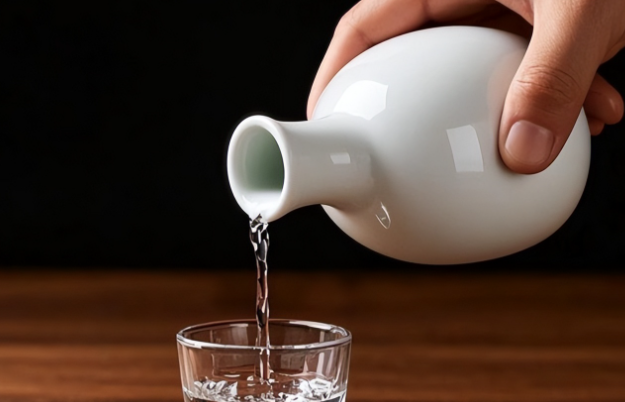
Those “long-lived drinkers”? Likely survivors’ bias. The real toll shows in red flags on medical reports.
Four Dangerous Changes from Long-Term Dinner Drinking
Some insist, “A little baijiu is harmless.” But medical evidence reveals alcohol plants “hidden mines” that detonate over time. Based on clinical data and health reports, here are four critical changes—the fourth often a silent killer.
- Liver Damage and Disease Risk: The liver processes alcohol, but 2-3 liang daily overworks it, accumulating acetaldehyde and free radicals. This leads to fatty liver (36% prevalence in long-term drinkers), alcoholic hepatitis, cirrhosis, or liver cancer.
- Cardiovascular Warning Signs: Long-term drinking raises hypertension risk by 41% and stroke risk significantly. Alcohol triggers arrhythmias, like atrial fibrillation, and increases heart attack risk nearly twofold in men around 50 by causing vascular constriction and endothelial damage.
- Digestive System Erosion: Alcohol irritates the stomach lining, causing chronic gastritis, ulcers, or bleeding. The myth of baijiu “sterilizing” the gut is false—it’s a disaster. Long-term drinkers face 60% higher ulcer risk, plus elevated pancreatitis and digestive cancer risks.
- Hidden Killers: Diabetes and Brain Damage: Alcohol disrupts blood sugar regulation, spiking diabetes risk and causing severe fluctuations in diabetics. It also damages brain cells, raising dementia risk by 25%. These subtle changes often go unnoticed until severe.
Baijiu also links to 60+ cancers, including oral, throat, and esophageal. Still think that “little drink” is harmless?
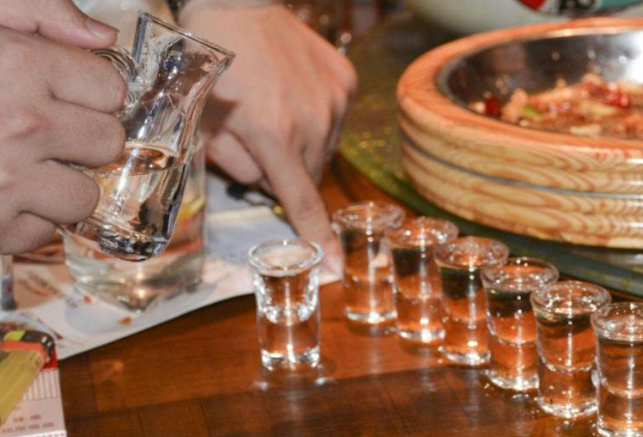
Expert Tips: Protect Yourself with These Four Steps
Social pressures make avoiding alcohol tough, but knowing the risks, these steps can minimize harm—though quitting is best.
- Avoid Drinking on an Empty Stomach: Eating carbs or protein first slows alcohol absorption, reducing stomach damage.
- Control Pace and Amount: Sip slowly and limit intake to avoid acute alcohol poisoning or sudden death from bingeing.
- Don’t Mix with Meds or Fizzy Drinks: Drugs like metronidazole or cephalosporins with alcohol can cause severe reactions. Carbonated drinks speed up absorption, worsening harm.
- Sleep on Your Side, Hydrate: Post-drinking, side-sleep to prevent vomit aspiration. Drink honey water to ease next-day discomfort.
Everyone’s health threshold varies, but alcohol’s damage is cumulative. Those with family histories of chronic diseases, middle-aged or older, or with hypertension or liver issues must be extra cautious.
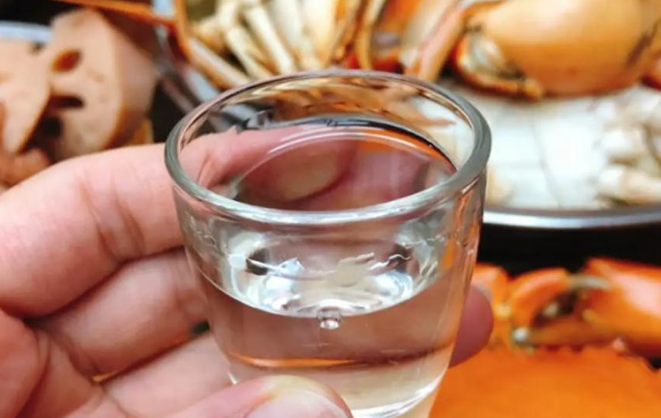
Conclusion: No Safe Amount of Alcohol
Medical consensus is clear: Alcohol offers no health benefits, only harm. Don’t let “a daily sip” fool you into risking your health. If you or loved ones drink at dinner, consult a doctor to adjust habits. Act before illness strikes.
Note: This is health education based on authoritative sources and personal insights. Some scenarios are dramatized for clarity. Content is for reference, not a substitute for medical diagnosis. Seek professional help if unwell.
References:
- World Health Organization: Alcohol as a Group 1 carcinogen
- Lancet Public Health: Study on alcohol and disease risks (510,000 Chinese, 2025)
- Chinese Medical Association: Clinical epidemiology on alcohol-related diseases

